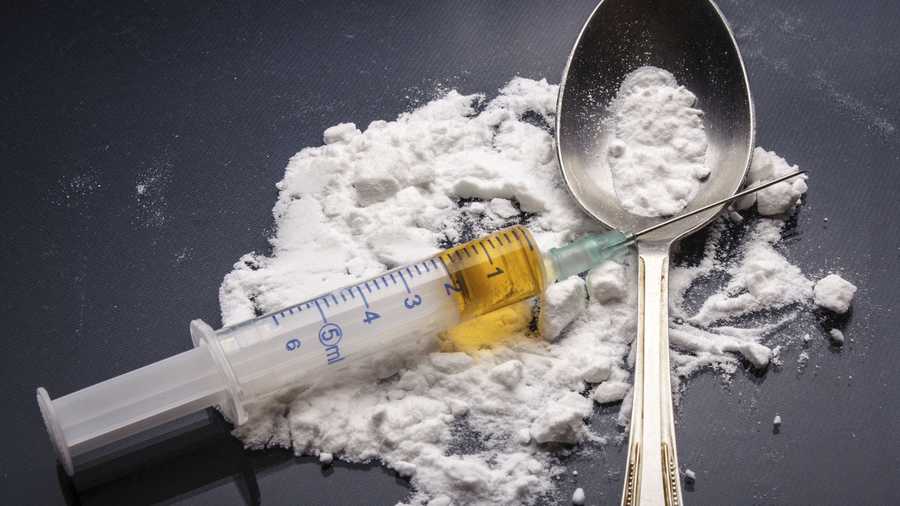
The idea of treating opioid addiction with opioids isn’t new. For years, doctors have prescribed the opioids methadone and buprenorphine to get users off more dangerous opioids like heroin and traditional painkillers. When taken as prescribed, methadone and buprenorphine eliminate someone’s cravings for opioids and withdrawal symptoms — to help avoid relapse — without producing the kind of euphoric high that heroin or more traditional painkillers can.
These drugs, used in medication-assisted treatment, are largely considered the best form of care for opioid addiction. The research on this point is, frankly, indisputable, with public health groups like the Centers for Disease Control and Prevention, the National Institute on Drug Abuse, and the World Health Organization all acknowledging methadone and buprenorphine’s medical value.
Medication-assisted treatments don’t work for everyone, though; up to 40
percent of opioid users don’t respond well to methadone or buprenorphine. Pinkney complained of bone aches on methadone, while MacDonald noted that some patients feel symptoms such as nausea, headaches, and fatigue. For others, even high doses of these drugs are simply ineffective.
“When treating any medical condition, no one substance will work for everybody,” MacDonald said. “Methadone and Suboxone [buprenorphine] are great treatments. They work for many people. But what are we going to offer those folks [they are] not working for, continue using illicit opioids, [and] are forced into crime in order to get the medication that they need?”
For some of these patients, heroin-assisted treatment can help.
Researchers credit Switzerland’s program with reductions in drug-related crimes and improvements in social functioning, such as stabilized housing and employment. Canadian studies also deemed heroin maintenance effective for treating heavy heroin users. A review of the research — which included randomized controlled trials from Switzerland, the Netherlands, Spain, Germany, Canada, and the UK — reached similar conclusions, noting sharp drops in street heroin use among people in treatment.
One of the Canadian studies, the results of a randomized controlled trial published in the New England Journal of Medicine, put the promise of heroin maintenance treatment this way:
As the study notes, the treatment is typically available as a kind of second, third, or last resort — for patients who just haven’t had success with other kinds of care.
“There are some people who are going to — no matter what — just continue to inject,” David Juurlink, a doctor who studies the opioid epidemic at the University of Toronto, told me. “These are people who are literally waiting to die if they don’t have access to a supervised consumption facility.”
The approach is not without detractors. The International Task Force on Strategic Drug Policy, for one, argues that programs like Vancouver’s “promote the false notion that there are safe or responsible ways to use drugs.” The group argues that this kind of program — and other harm reduction strategies — weakens the social stigma against drugs, leading more people to try and use these dangerous substances.
But the danger here isn’t whether someone is using drugs; most Americans, after all, use caffeine or alcohol regularly throughout their lives with few problems. Drug use transforms into addiction, according to the definition provided by the Diagnostic and Statistical Manual of Mental Disorders, when using drugs begins hurting someone’s function — by, for example, leading them to steal or commit other crimes to obtain heroin, or, in the worst case scenario, death.
No comments:
Post a Comment